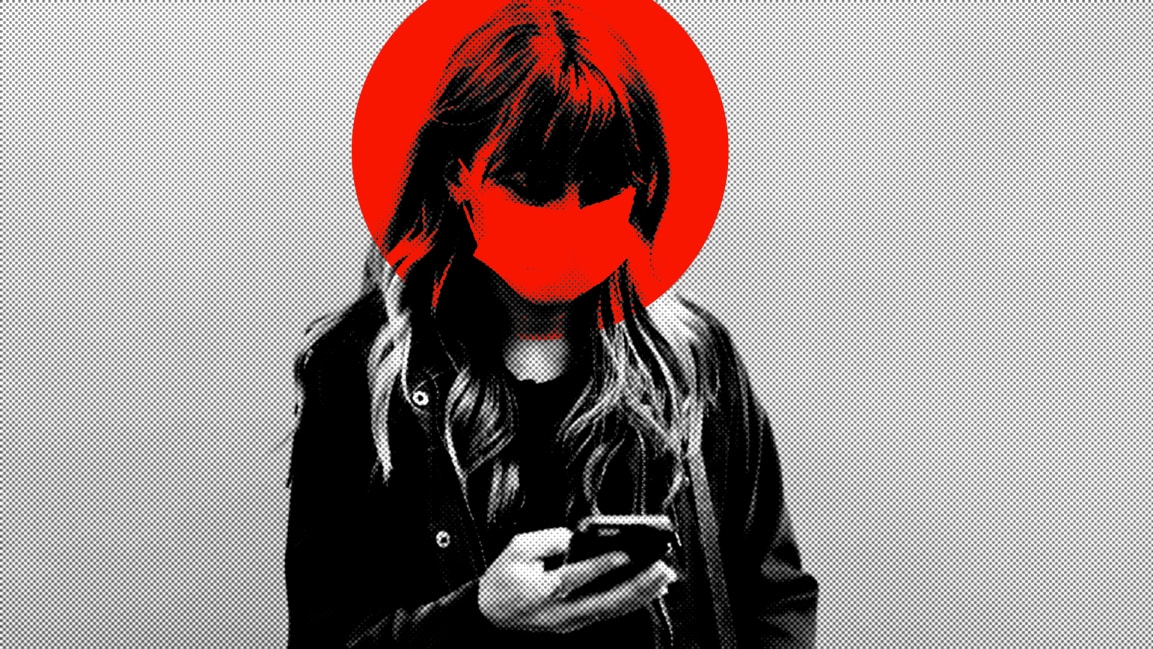What are your chances of catching COVID-19? New insight from a famous formula meant to predict alien life
In 1961, astronomer Frank Drake was looking for a way to simplify a very complex question—what is the probability of finding intelligent life in the Milky Way galaxy?—into a framework that mere humans could understand. From that effort sprang his famous Drake equation, which consists of seven variables that, when multiplied together, predict how many alien civilizations dwell within our cluster of stars and planets.
The equation, known as the Contagion Airborne Transmission (CAT) inequality, was published in October by fluid mechanic experts at the Johns Hopkins Whiting School of Engineering. And where the Drake equation considers planets and intelligent life, the CAT inequality considers factors including breathing rates of infected persons and amounts of virus-carrying droplets expelled. Each of the 10 variables, scientists say, correlates a risk factor significant to the transmission of COVID-19.
According to study coauthor Rajat Mittal, a mechanical engineering professor at Johns Hopkins, people are confused about transmission “partly because there is no common ‘language’ that makes it easy to understand the risk factors involved . . . What really needs to happen for one to get infected? If we can visualize this process more clearly and in a quantitative manner, we can make better decisions about which activities to resume and which to avoid.”
In addition to identifying primary factors in transmission, scientists have also used their equation to estimate how risk changes in different scenarios. For example, at an indoors gym where two people are running on a treadmill, risk increases by a factor of 200. But if both of them are wearing N-95 masks, risk decreases by a factor of 400, down to a less-than-1% chance.
And social distancing, scientists found, functions linearly—so if you double the distance, you halve the risk.
Similarly to the Drake equation, the true value of the CAT inequality is not in calculating an exact probability, but in understanding which variables to focus on. So, while you might not want to make any bets, you can still tip the universe in your favor.
(16)



